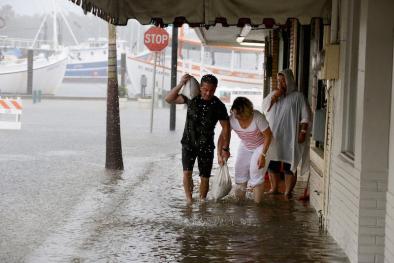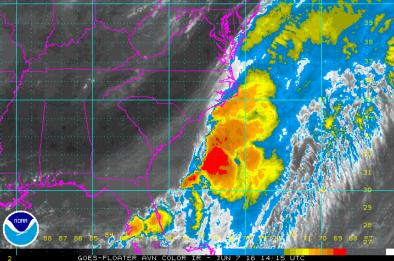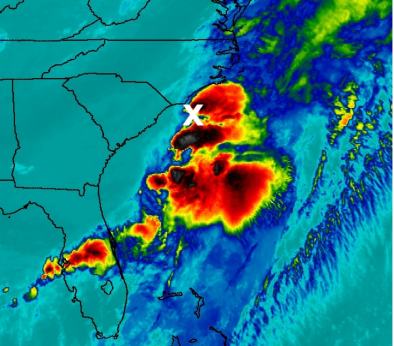Science Source
Variability in tornado frequency associated with U.S. landfalling tropical cyclones
“As the size of landfalling hurricanes from the Gulf of Mexico increases, we’re seeing more tornadoes than we did in the past that can occur up to two days and several hundred miles inland from the landfall location...The size of a tropical cyclone basically sets the domain over which tornadoes can form. So a larger storm that has more exposure over land has a higher propensity for producing tornadoes than a smaller one, on average."
- Develops a statistical model for tornado frequency from Gulf of Mexico landfalling tropical cyclones (TCs) using TC size, intensity, recurvature, and mid-level specific humidity data
- Assembles new datasets for tornado frequency and for TC size at landfall as measured by the radius of outer closed isobar and distance of tornado from the TC cente
- Uses the model—owing to systematic undercounting of tornadoes—to reconstruct the TC tornado climatology back to 1948, and further back to 1920 using a modified model that does not include mid-level specific humidity
- Finds the active period since 1995 has seen a statistically significant increase (95% level) in median TC tornadoes and in the frequency of large TC tornado outbreaks, relative to the previous active period for Gulf TC landfalls of 1948–1964
- Links these changes to an increase in the median size and frequency of large Gulf landfalling TCs
Related Content
Headline

Jun 8, 2016 | Weather Underground
Threat from TS Colin Shifts to Heavy Rain along Southeast U.S. Coast
Headline

Jun 7, 2016 | Weather Underground
TS Colin Becomes Post-Tropical Near the North Carolina Coast
Headline

Jun 7, 2016 | Washington Post
Tropical Storm Colin made landfall in central Florida, now it’s headed out to sea
Headline

Jun 7, 2016 | Bloomberg
Tropical Storm Colin Moves to Sea After Cutting Power in Florida


